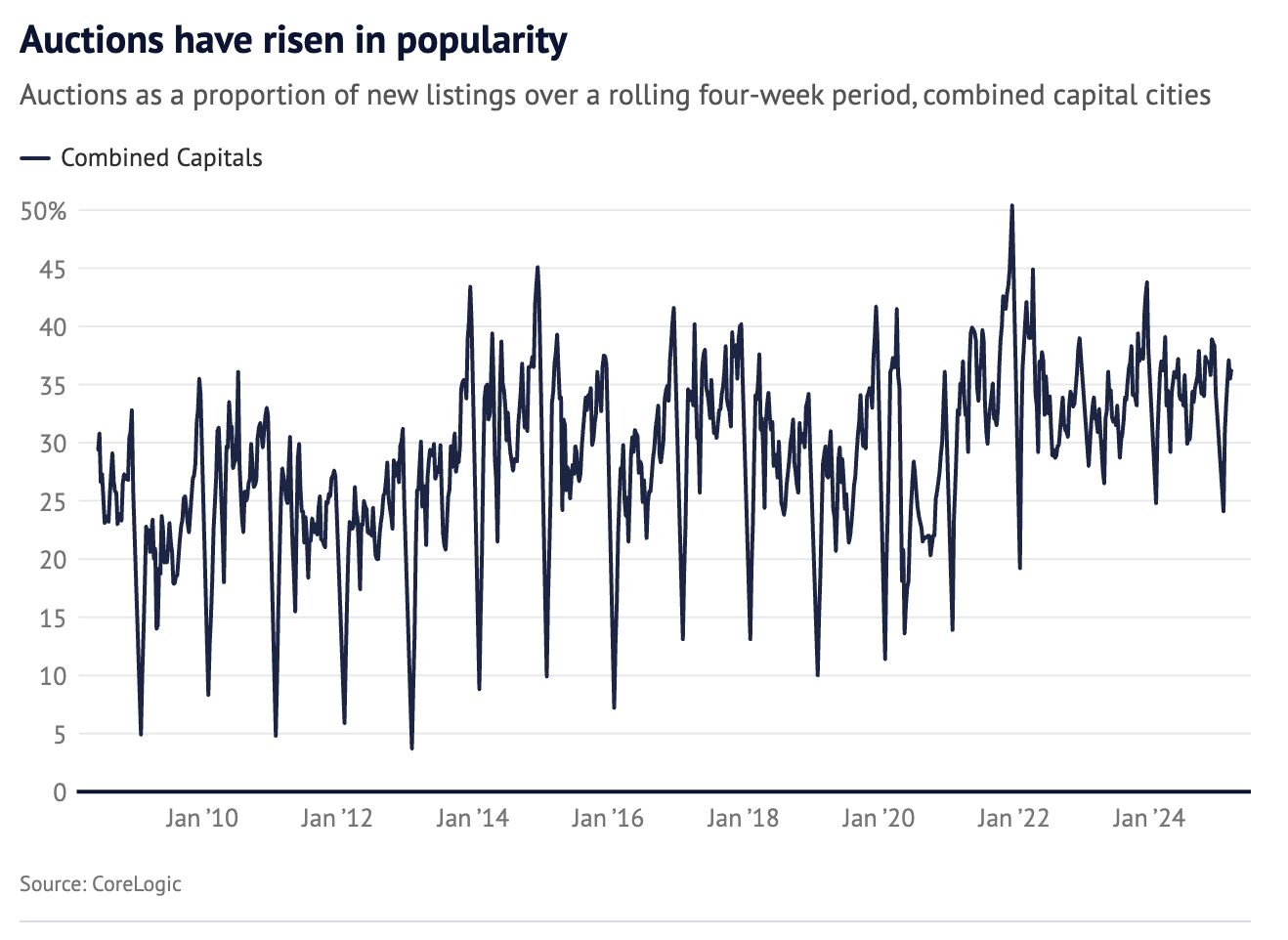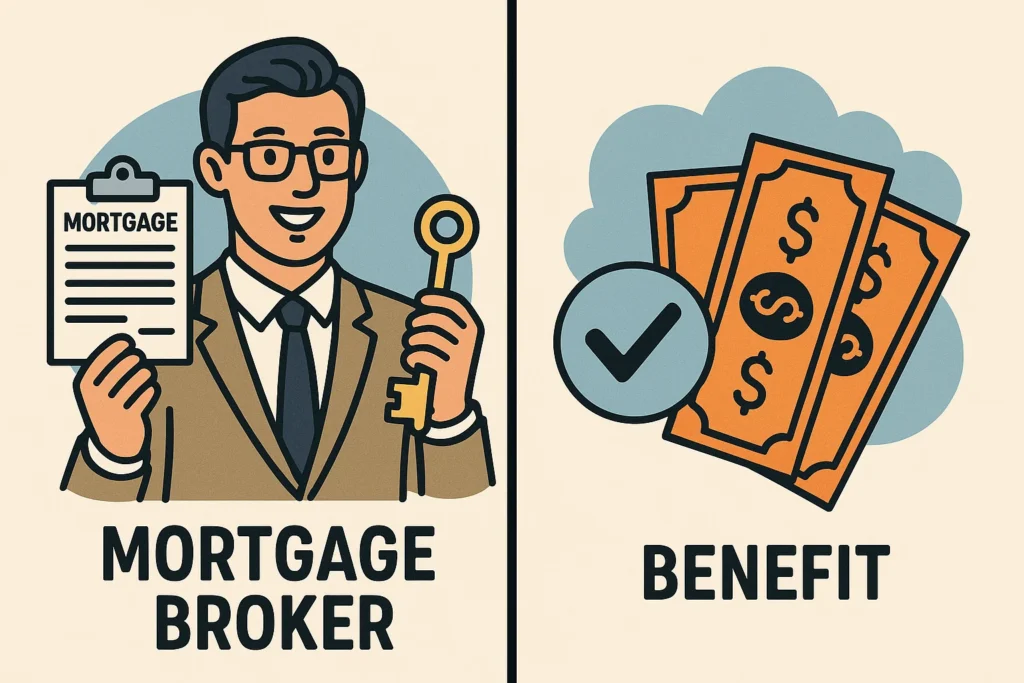Over the past 15 years, auctions have become an increasingly dominant method of selling property, as competitive market conditions have driven more buyers to bid for a limited pool of homes.

In Sydney, the proportion of listings going to auction has nearly doubled from 25.7% in 2009 to 48.2% today. Melbourne has seen a similar trend, rising from 36.3% to 55.6%, while Adelaide, Canberra, and Brisbane have also experienced significant increases.
As CoreLogic economist Kaytlin Ezzy explains, “You are seeing auctions make up a larger proportion … largely due to selling conditions being skewed in favour of sellers in the past couple of years.” With low listing volumes, buyers are competing harder for properties, making auctions a preferred strategy for sellers looking to maximise their returns.
For sellers, auctions create urgency and drive prices up—especially for homes with desirable features that attract multiple bidders. But buyers also benefit, gaining transparency into competing offers and, if a property passes in, securing the exclusive right to negotiate.
That said, the success of an auction often hinges on the auctioneer. As Paul Tzamalis from The Auction Company puts it, “An auctioneer plays an enormous role in achieving a good result … their ability to entertain, create a fear of loss, and demonstrate knowledge of the property can significantly impact bidding.”
With auction volumes on the rise, understanding this selling method is crucial for both buyers and sellers navigating today’s property market.
Want to stay ahead of market trends? Subscribe to our newsletter for expert insights and updates.








